How DJM Retooled Its Retail Investment Strategy
Rob Miller on staying nimble in a challenging, fast-changing market.
The retail market has been on a rollercoaster in the past few years—and the ride is not over. Soon after pandemic-induced restrictions evaporated and people began returning to stores and shopping malls, the industry is once again facing another setback: inflation.
But despite new headwinds, JLL research found that most consumers intend to venture out beyond their laptops to do holiday shopping this year, which would be a breath of fresh air for the retail sector. Daily need shopping centers are particularly well positioned to perform well going forward.
Commercial real estate developer, investor and manager DJM altered its acquisition strategy following the pandemic. Known for high-profile redevelopment projects, DJM added a more recession-proof asset type to its portfolio: grocery-anchored centers. In the past couple of years, the company purchased six properties of the kind, all located in California. Vice president of Acquisitions Rob Miller shared details about the company’s pivot in investment strategy, current goals and predictions for the sector.
READ ALSO: Retail Fundamentals Stay Positive
What are the benefits of investing in daily needs centers amid current market conditions?
Miller: To date, open-air daily needs shopping centers—and especially those anchored by grocery stores—have outperformed other types of retail, like experiential retail, power centers and certainly malls. Foot traffic and store sales numbers bear this out.
If we look at a typical retail shopping experience during the pandemic, it was very much necessity-based at the outset, before ultimately gravitating toward services and in-person experiences like dining or drinking.
DJM’s portfolio and our recent acquisitions benefited from both phases of the pandemic. We continue to add open, common-area space to our centers and look to improve merchandising by adding grocers, services, and compelling food and beverage experiences.
In your opinion, did the pandemic generate retail trends that will have a lasting impact on the sector?
Miller: The pandemic had an enormous impact on consumers and, as a result, on physical retail. It accelerated important trends in the industry such as the conversion to omnichannel and moving away from enclosed malls. The question going forward will be how sustainable or lasting some of these changes prove to be.
We’re already seeing delivery and to-go business drop back, which was expected as consumers seek live, in-person experiences. Another question going forward will be what happens in the space as consumers spend the household savings which were built up to historic levels during the pandemic. The “new” normal as we are seeing it is a more seamless experience between e-commerce and bricks-and-mortar, and a reinvigorated retail consumer seeking out in-person experience.
Is DJM still focused on redeveloping struggling retail centers? Do you have any significant projects in the making?
Miller: We are currently in the process of renovating Hollywood & Highland, a historic retail and entertainment center in Los Angeles. Now known as Ovation Hollywood, the $100 million redevelopment project will update the physical space and convert retail into creative offices. This mixed-use center is home to the most iconic landmarks in Hollywood, including the Hollywood Walk of Fame, The Dolby Theater, The TCL Chinese Theater and El Capitan Theater, receiving more than 25 million visitors each year.
Currently, DJM is converting 100,000 square feet to creative offices while rejuvenating the remaining retail space. Ovation Hollywood has a total square footage of 463,000 over 7.6 acres. We are proud to be known as turnaround specialists and those assets continue to appeal to us. Retail is an incredibly dynamic product type. Being responsible for the turnaround of an asset like Ovation brings out the best in our team. We’re constantly applying those lessons to our existing portfolio.
How important is building and maintaining strong tenant relationships in volatile market conditions?
Miller: Tenant relationships are critical. We view these relationships as partnerships and do everything we can to help drive tenant performance. This runs the gambit, from structuring intelligent leases based on each tenant’s unique business plan and maintaining safe and clean shopping destinations, to putting on thousands of in-person events per year across our portfolio and finding creative and cost-effective ways to maximize online and social media presence. Many of our tenants have been with us for decades which speaks to our ability to be good partners.
Which markets are you targeting as part of your retail investment strategy?
Miller: Our focus continues to be on markets with strong household incomes, high levels of educational attainment—whether that is bachelor/grad degrees or more technical—and concentrations of Millennials and Gen Z. Right now, we’re focused on our home markets in California, the Pacific Northwest, the greater Phoenix metro area, as well as parts of Texas.
What are the greatest challenges for the sector in the coming year?
Miller: So far this year the greatest challenges we’ve faced have come from rising interest rates and increasing construction costs. We anticipate construction costs continuing to present challenges well into 2023, underwriting additional interest rate hikes. We also have general inflation and supply chain woes to contend with.
That said, there are a number of positive, perhaps mitigating factors. In most of our markets, retail vacancy rates are at all-time lows, with limited to no new supply. Foot traffic and sales reporting is still trending strongly above pre-pandemic numbers. Our typical consumer has proved resilient so far, being able to absorb price shocks and continue spending with us.
How do you expect the retail sector to perform in the longer term?
Miller: Retail real estate is the one product type that interacts directly with the public on a day-to-day basis. As such, retail is destined to continue changing in order to meet the evolving needs of the consumer.
The cookie-cutter retail expansion model of the 90s and early 2000s was clearly in decline pre-pandemic. The industry needed to shutter stores and close malls—the U.S. was significantly over-retailed compared with Western Europe and parts of Asia.
Today, we are seeing a proliferation of new retail concepts and uses going into retail space. Digitally native businesses have awoken to the need for brick-and-mortar stores. Distributed health care means you are likely to visit a clinic or see a doctor in a retail shopping center. Last-mile fulfillment from existing store locations has worked very well for big box tenants. High-quality retail real estate is dynamic which is why we love what we do.


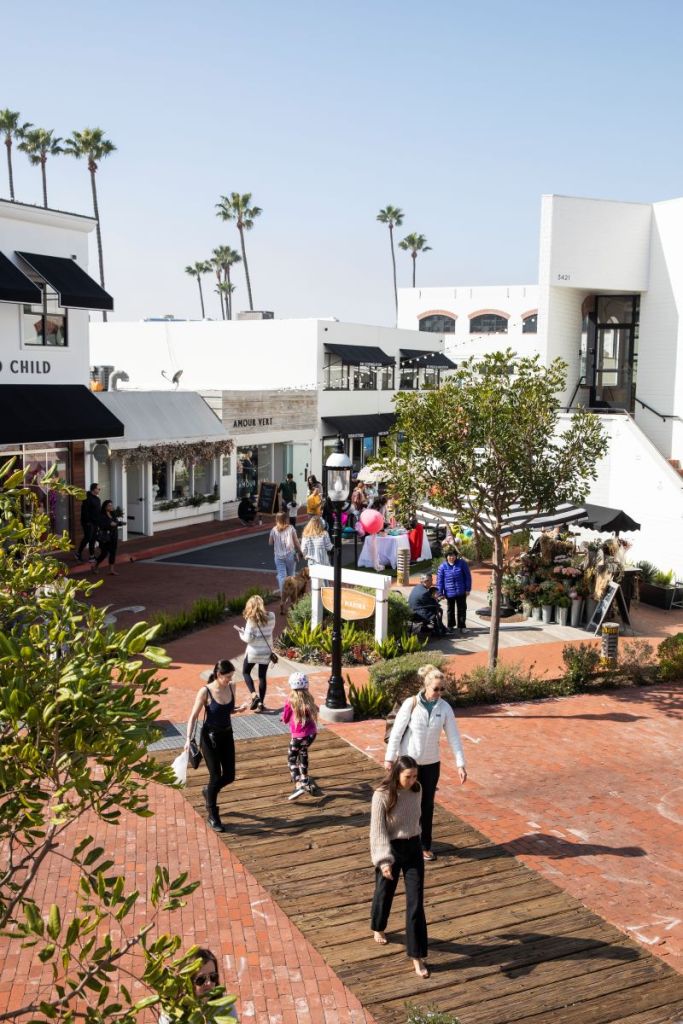
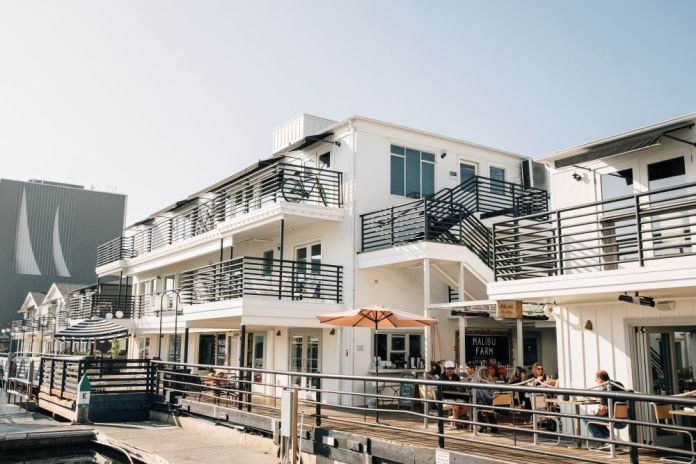

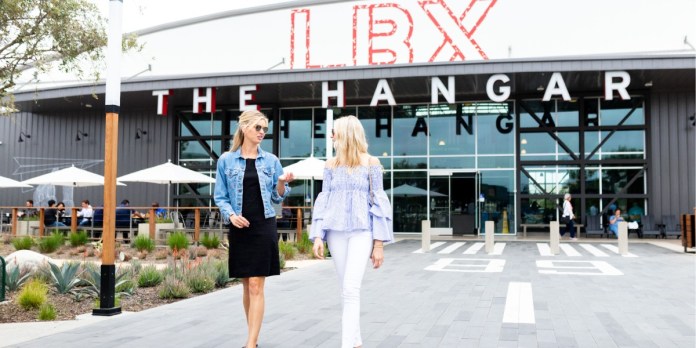

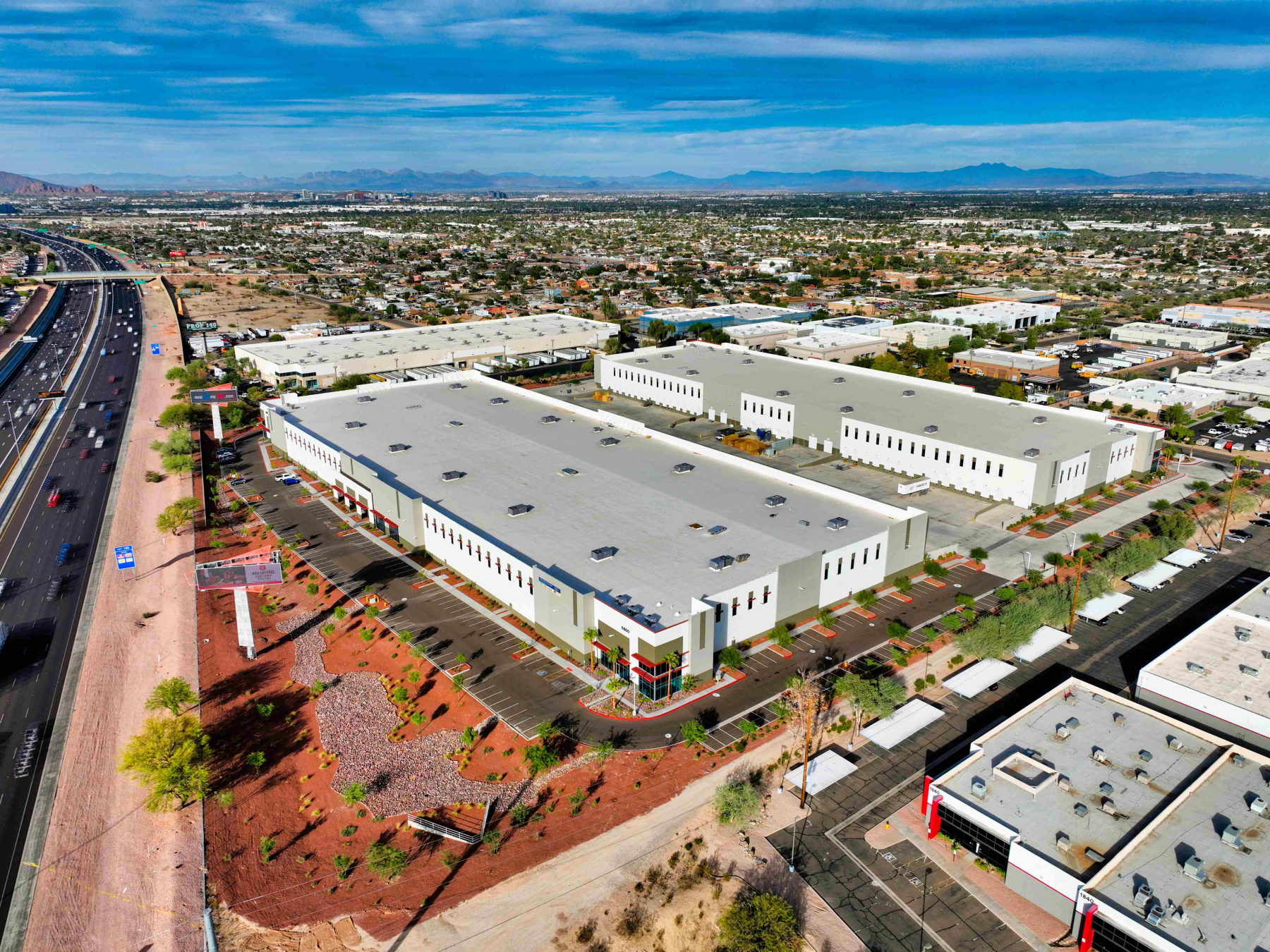
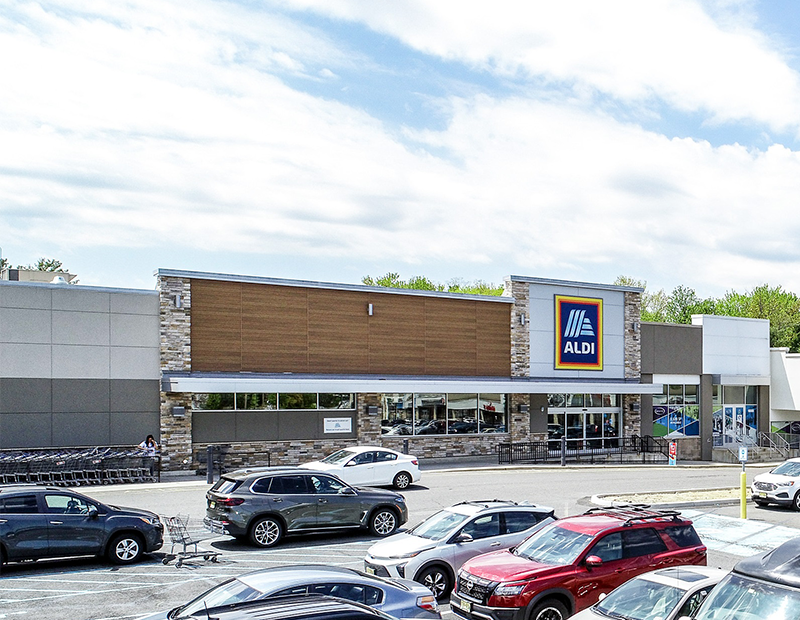
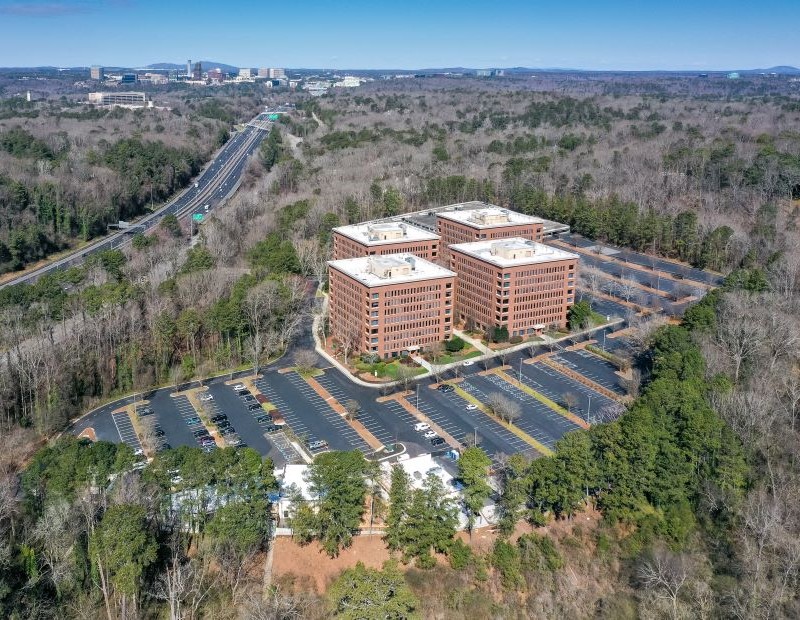

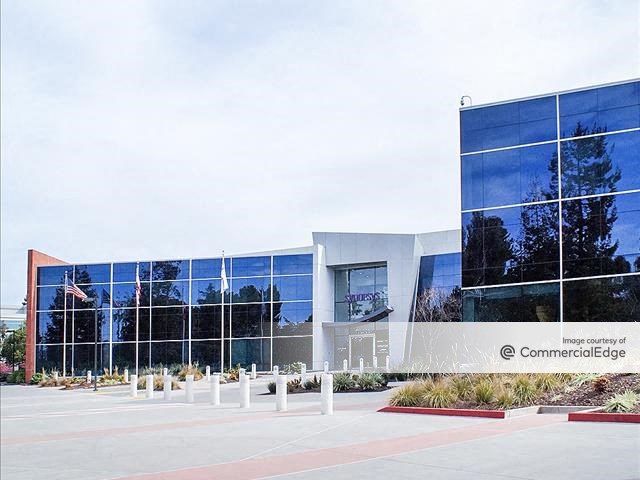
You must be logged in to post a comment.